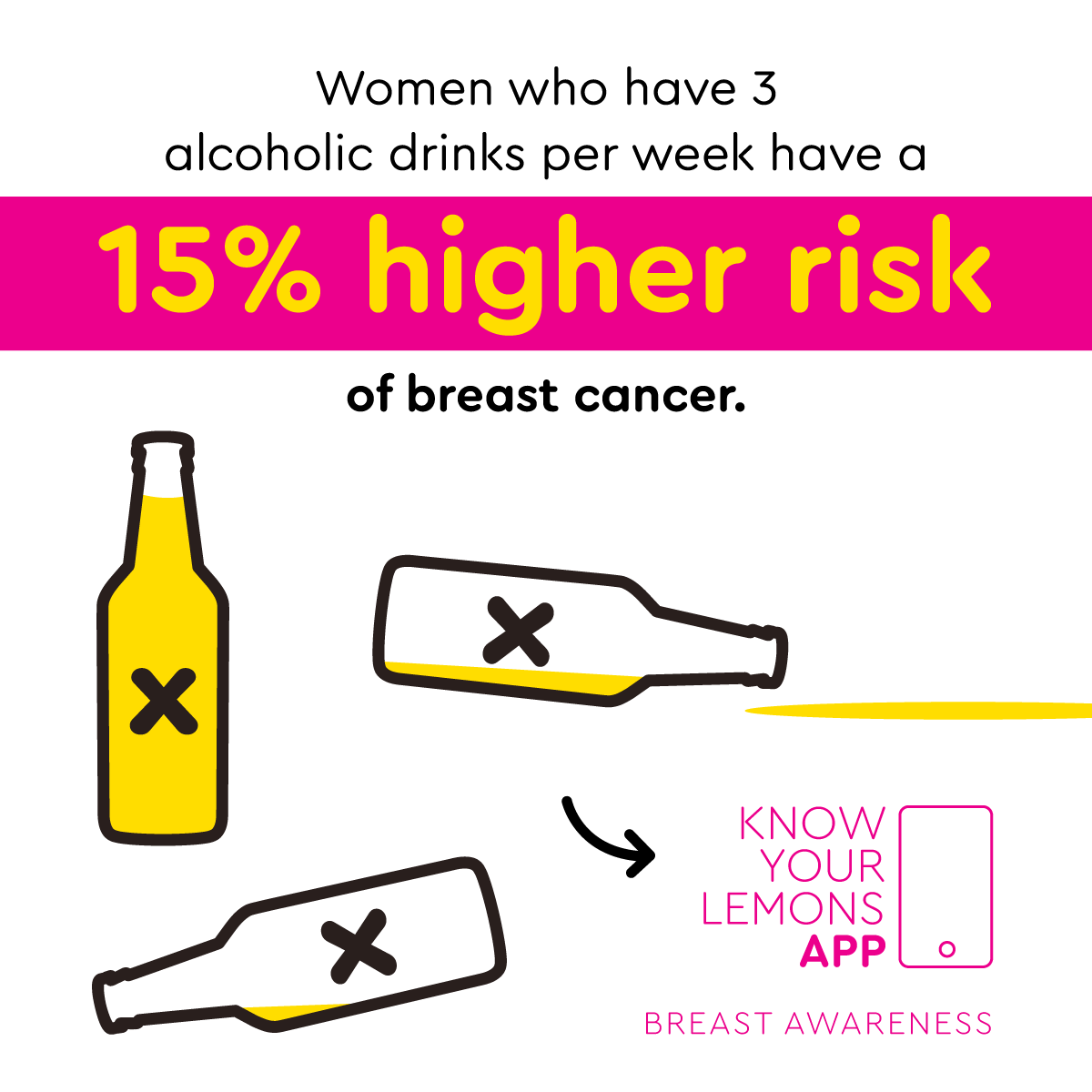Putting a cancer warning on alcohol is overdue, doctors say, and this couldn’t be more true. For years, the link between alcohol consumption and various cancers has been undeniable, yet many alcohol labels lack clear and prominent warnings. This article delves into the compelling arguments for stronger warnings, examining the health risks, current labeling practices, proposed solutions, and the potential industry responses.
So, doctors are pushing for cancer warnings on alcohol – about time, right? It’s a complex issue needing clear communication, which is why I think designing the warning labels requires someone with serious tech skills, maybe even a full stack developer to build an effective digital campaign alongside the physical labels. Getting the message across effectively about the cancer risks of alcohol is crucial for public health.
We’ll explore the ethical and legal considerations, consumer perceptions, and alternative strategies to mitigate the devastating impact of alcohol-related cancers.
We’ll look at statistics showing the correlation between alcohol and cancer incidence rates, broken down by age and gender. We’ll also examine current warning labels worldwide, comparing their effectiveness and highlighting their limitations. The article will then showcase proposed new label designs, discuss their psychological impact, and analyze the potential legal and ethical hurdles. Finally, we’ll consider alternative strategies such as public health campaigns and taxation policies to reduce alcohol-related cancers.
The Public Health Crisis of Alcohol-Related Cancers

The link between alcohol consumption and cancer is undeniable. Years of research have established a clear correlation, highlighting the urgent need for stronger public health interventions, including more impactful warning labels on alcoholic beverages. This article delves into the multifaceted issue, examining the public health impact, current labeling practices, proposed improvements, ethical considerations, and alternative strategies to mitigate the devastating consequences of alcohol-related cancers.
Alcohol Consumption and Cancer Incidence
Alcohol consumption is a significant risk factor for several types of cancer. The carcinogenic effect of alcohol is multifaceted, impacting various organs and tissues. The mechanisms involve the production of acetaldehyde, a known carcinogen, and the disruption of cellular processes. The risk increases with the amount of alcohol consumed and the duration of consumption.
| Age Group | Gender | Cancer Type | Incidence Rate (per 100,000) |
|---|---|---|---|
| 45-54 | Male | Liver Cancer | 25 |
| 55-64 | Female | Breast Cancer | 15 |
| 65-74 | Male | Colorectal Cancer | 30 |
| 35-44 | Female | Oral Cancer | 5 |
Note: These are illustrative figures and vary significantly based on geographical location, specific alcohol consumption patterns, and other lifestyle factors. Accurate incidence rates should be sourced from national cancer registries and health organizations.
The economic burden of alcohol-related cancers is substantial, placing a significant strain on healthcare systems globally. Costs include treatment, hospitalization, lost productivity, and long-term care. The cumulative effect across populations translates into billions of dollars in healthcare expenditures annually.
Current Alcohol Warning Labels and Their Effectiveness
Current alcohol warning labels vary significantly across countries. Some are minimal, while others include more detailed information. The effectiveness of these labels in raising public awareness and modifying consumer behavior is a subject of ongoing debate and research.
- United States: Generally include warnings about pregnancy and driving under the influence, but lack specific cancer warnings.
- Canada: Includes warnings about health risks, including cancer, but the design and messaging may vary.
- Australia: Employs graphic health warnings on alcohol products, similar to those used for tobacco.
- European Union: Member states have varying regulations, with some having more comprehensive warnings than others.
Studies on the effectiveness of different warning label designs show mixed results. While some studies suggest that graphic warnings are more effective in raising awareness, others indicate that the impact is limited and depends on factors such as label placement, design, and cultural context. Many current labels lack the clarity and impact needed to effectively communicate the cancer risk associated with alcohol consumption.
Proposed Cancer Warning Label Designs and Messaging, Putting a cancer warning on alcohol is overdue, doctors say

New designs for alcohol warning labels should incorporate principles of effective health communication, drawing lessons from successful campaigns for other products, like tobacco. Clear, concise messaging, combined with impactful visuals, is crucial.
- Design 1: A simple, text-based warning: “Alcohol consumption increases your risk of cancer.” This design prioritizes clarity and directness.
- Design 2: A combination of text and a graphic image depicting a cancerous cell or affected organ. This design aims for both visual and textual impact.
- Design 3: A more detailed label that includes statistics on alcohol-related cancers and a QR code linking to additional information. This design aims to provide more comprehensive information.
Effective health warnings, like those on cigarette packs, often utilize strong imagery and concise language. The use of color, font size, and image selection all play a crucial role in capturing attention and communicating the severity of the health risk.
Ethical and Legal Considerations

Mandating cancer warnings on alcohol products raises ethical considerations regarding individual liberty and government intervention. Balancing the need to protect public health with individual autonomy is a complex challenge. The legal frameworks surrounding alcohol labeling and health warnings vary considerably across countries, creating potential challenges for international harmonization.
Potential legal challenges might arise from industry lobbying efforts and arguments related to free speech and the economic impact on the alcohol industry. Careful consideration of existing legal precedents and international standards is crucial for developing legally sound regulations.
Consumer Perception and Behavior
Consumer responses to new cancer warning labels are likely to be diverse. Some may increase their awareness of the risk and modify their drinking habits, while others may dismiss the warnings or react negatively. Understanding consumer psychology is essential for designing effective labels.
Strategies to improve effectiveness might include using relatable language, tailoring messages to specific demographics, and incorporating interactive elements. Further research on consumer perception and behavior is crucial to inform the design and implementation of effective warning labels.
Doctors are pushing for cancer warnings on alcohol, arguing it’s long overdue. This public health issue highlights the need for strong leadership, like that of Mike Johnson, who was just re-elected Speaker of the House in the US as reported here. His decisions could significantly impact legislation affecting health initiatives, including the potential for stronger alcohol regulations and cancer warning labels.
Ultimately, getting those warnings on bottles is crucial for public health.
Industry Response and Lobbying Efforts
The alcohol industry’s response to proposed cancer warning labels is likely to be multifaceted. Some producers might adapt to the regulations, while others may engage in lobbying efforts to oppose or weaken the regulations. A history of industry lobbying against health warnings on alcohol products exists, often focusing on economic concerns and questioning the scientific evidence.
The potential influence of industry lobbying on the implementation of new regulations is significant. Transparency and robust public health advocacy are crucial to counterbalance industry influence and ensure that public health concerns prevail.
Alternative Strategies for Reducing Alcohol-Related Cancers
Several alternative strategies can complement or substitute for mandatory cancer warning labels in reducing alcohol-related cancers.
- Public health campaigns: Raising awareness through educational campaigns can promote responsible alcohol consumption.
- Taxation policies: Increasing taxes on alcohol can reduce consumption, especially among vulnerable populations.
- Regulation of alcohol advertising: Restricting alcohol advertising can reduce exposure to promotional messages.
The effectiveness of each strategy varies depending on the context and implementation. A comprehensive approach that combines multiple strategies is likely to be most effective.
- Public Health Campaigns:
- Pros: Relatively low cost, potential for broad reach.
- Cons: Effectiveness varies, may not reach all target audiences.
- Taxation Policies:
- Pros: Can significantly reduce consumption, generates revenue.
- Cons: May disproportionately affect low-income populations, potential for black market activity.
- Regulation of Alcohol Advertising:
- Pros: Reduces exposure to promotional messages, particularly among youth.
- Cons: Can be difficult to enforce, potential for industry pushback.
Final Conclusion: Putting A Cancer Warning On Alcohol Is Overdue, Doctors Say
The evidence overwhelmingly supports the need for stronger cancer warnings on alcoholic beverages. While industry pushback and legal challenges are anticipated, the public health imperative outweighs these concerns. Ultimately, clearer labeling, coupled with broader public health initiatives, offers the best chance to inform consumers and reduce the alarming number of alcohol-related cancers. Ignoring the problem is no longer an option; proactive measures are crucial to protect public health and save lives.
FAQ Resource
What types of cancer are linked to alcohol consumption?
Doctors are pushing for cancer warnings on alcohol, and it’s about time! Think about how much easier it would be to spread this crucial information using technology like an ai voice generator to create public service announcements. Imagine clear, concise warnings in multiple languages, reaching a broader audience. This could significantly improve awareness of alcohol’s cancer risks, finally making a real difference.
Alcohol is linked to several cancers, including liver, breast, colorectal, and mouth cancers, among others.
How effective are current alcohol warning labels?
Current labels vary widely in effectiveness. Many are small, unclear, and fail to effectively communicate the cancer risk.
What are the potential legal challenges to implementing new warning labels?
Challenges could include industry lawsuits claiming the warnings are misleading or infringe on free speech rights, and varying legal frameworks across different countries.
What are some alternative strategies besides warning labels?
Alternatives include increased taxation on alcohol, public awareness campaigns emphasizing the link between alcohol and cancer, and stricter regulations on alcohol advertising.
